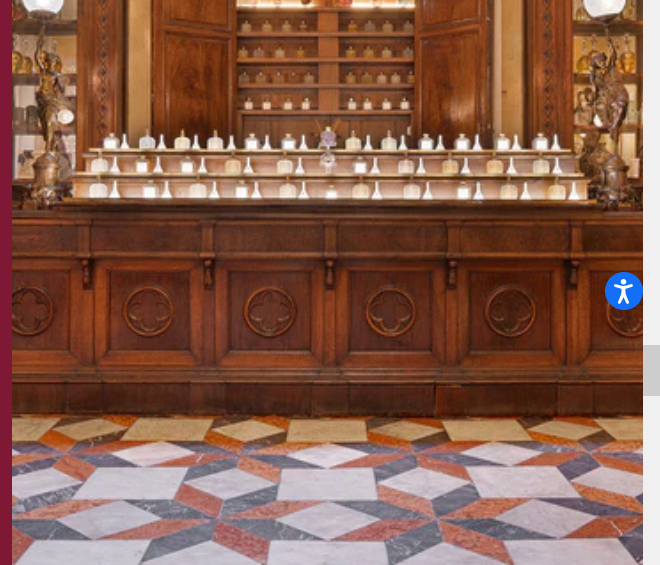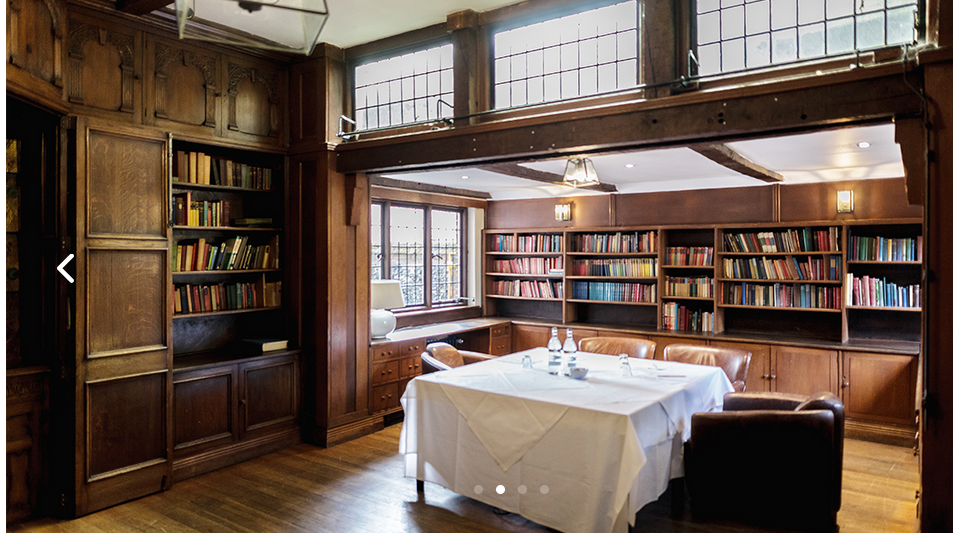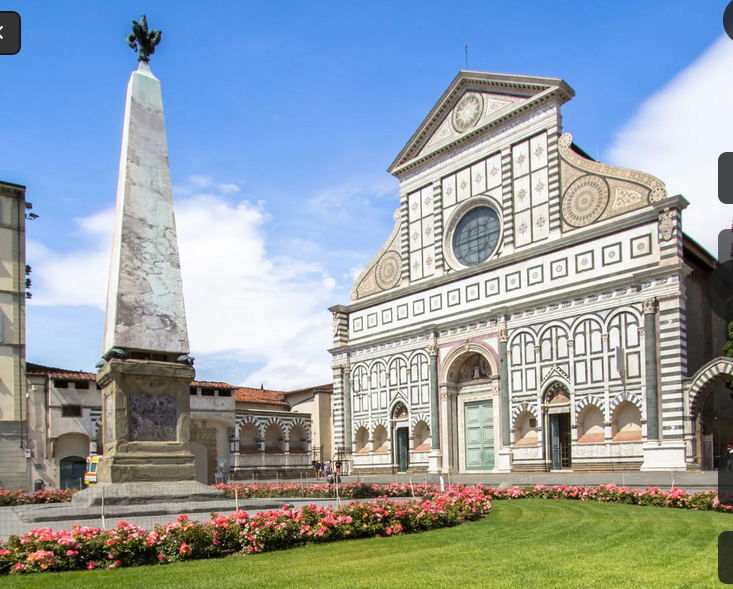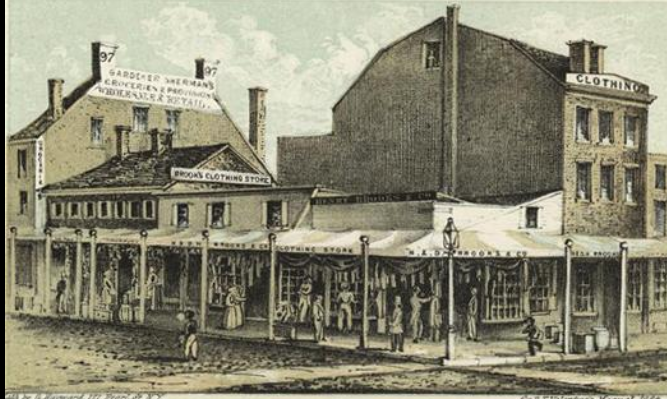WANT YOUR BUSINESS TO LAST 1,000 YEARS??? Some did!
The average American business closes shop after about 21 years. Some businesses, though, last longer—a lot longer. Take Kongo Gumi, a Japanese construction company founded in 578 A.D., or Santa Maria Novella, an Italian pharmacy that’s been perfuming the elite since Michelangelo was decorating ceilings. Here are some longevity lessons from businesses with more than ample experience.

Kongo Gumi Co. Est 578 AD
The Lesson: Find a niche and don’t let go
Until it became a subsidiary of Takamatsu Construction Group in 2006, Kongo Gumi was the world’s oldest continuously operating company. Even as a subsidiary, it still does things the really, really old-fashioned way. Its specialty is the restoration of Buddhist temples and other historic buildings. Workers could train for as long as 10 years, during which time they were sometimes set against one another, competing to see which craftsperson demonstrated the most skill working with the timber and clay traditionally used to build temples. “I think that’s where things have slipped through the cracks in a lot of other traditions or professions, because people either weren’t interested or there was actually a devaluing of some of that workmanship,” says Danielle Willkens, an architecture professor at Georgia Institute of Technology. By keeping these techniques alive, Kongo Gumi has made itself indispensable to the preservation of Japanese architecture.
St. Peter Stiftskulinarium, est. c. 803
The Lesson: Don’t be afraid to mix it up
Noted by a courtier of Charlemagne’s as having one of Europe’s best wine collections, St. Peter Stiftskulinarium has been delighting diners in Salzburg, Austria, for more than 1,200 years. If it’s not the world’s oldest restaurant, it’s one of them. The wine cellar, built to store the treasures of the monks in the attached monastery, was the genesis of the restaurant, says Nora Wunderwald, a publicity representative for St. Peter. After all, she says, patrons, who over the centuries have included Mozart, Faust and Karl Lagerfeld (who was feted at the restaurant by Chanel), needed some food to pair with their wine. The restaurant’s current operators, Veronika Kirchmair and Claus Haslauer, have made it a point to diversify the menu beyond schnitzel and strudel. This month’s offerings include confit fillet of char, artichoke Wellington and an innovation Charlemagne and his compatriots would surely have marveled at: brunch.

The Olde Bell, est. 1135
The Lesson: Furniture can change, but service shouldn’t
Once upon a time, perhaps during the reign of King Stephen (he spent most of his reign warring with his cousin Matilda, the Holy Roman Empress), you might pull into the Olde Bell hotel, about 35 miles outside London, expecting to get a pint of ale and a hunk of bread to dip in your stew before you fell asleep on a mattress stuffed with horsehair and, in the morning, continued on your way across medieval England. Since then, the Olde Bell has expanded to include more guest quarters and a nuclear fallout shelter-turned-wine cellar, but the idea that every weary and thirsty traveler deserves a place to rest and a pint of ale remains the same, says sales manager Debi Hayes—“except we’ve got comfier mattresses now!” History, of course, begets more history, with Winston Churchill, Boris Karloff, Franklin Delano Roosevelt and Elizabeth Taylor all having spent time in the hotel’s cozy rooms and cozier bar, where sections of the original walls are covered with glass to keep them stable.

Santa Maria Novella, est. 1612 (pharmacy from 1542)
The Lesson: Signature products are signature products for a reason
For Gian Luca Perris, chief executive officer and “nose” of Officina Profumo-Farmaceutica di Santa Maria Novella, the brand’s most enduring fragrance is inextricably linked to its most famous patron, Catherine de’ Medici. Acqua della Regina, with top notes of petitgrain and a base of musk, is still one of Santa Maria Novella’s bestselling products, a chance for today’s shoppers to capture a little bit of long-ago glamor and romance. In Perris’ telling, in 1533 the princess, as part of her wedding entourage, brought a perfume maker who was rumored to have been raised by Santa Maria Novella’s friars. The friars, who called the monastery of the Church of Santa Maria Novella home, had long dabbled in fragrant waters, often thought to keep the plague away. Catherine, possibly the 16th century’s most famous “it” girl, was both a patron and something of a muse to the pharmacy; for her marriage scent, her perfumier was ready to create his greatest perfume yet. “For their upcoming marriage,” Perris says, “he created a bridal gift for Catherine’s future husband: a perfume that enchanted the courts of France by embodying Florence’s elegance and grace.”

Brooks Brothers, est. 1818
The Lesson: Focus on your core customer
Founded as a small clothing manufacturer and shop in Lower Manhattan, Brooks Brothers has been supplying prep school students and Wall Street bankers with starched shirts and blue blazers for 200 years, pioneering the ready-to-wear suit and blanketing downtown office cores with retail locations stocked with in-case-of-emergency ties and pocket squares. When Ken Ohashi took over the company in late 2020, it was a strange moment for a brand that depends on people needing to dress up. For Ohashi, the key to outlasting Covid quarantines was to figure out what his die-hard customers might want more of. The answer, he says, was casual wear. Items such as oversize striped rugby shirts and corduroy pants embroidered with jaunty hunting dogs now account for 40% of the company’s business, up from 20% before the pandemic. Ohasi stresses, however, that Brooks Brothers sportswear is done the Brooks Brothers way. “Our core customer loves our sweatpants,” he says, “because you can get them monogrammed.”

Consolidated Edison, est. 1823 (as New York Gas Light Co.)
The Lesson: Location, location, location
ConEd, energy provider to New York City and many of its surrounding counties, is the oldest continuously operating company listed on the New York Stock Exchange. It even predates Thomas Edison himself—when he was born in 1847, the company that would someday bear his name was known as the New York Gas Light Co. Having dominated the market for gas lights across Manhattan (thanks, in part, to a little help from the bosses of Tammany Hall), the company—renamed the New York Steam Co. in the early 1880s—was primed to become a major player in the newly electrified NYC of the late 19th century. But it wasn’t the only business with designs on (literal) power. By the 1890s no fewer than 30 companies sought to provide electricity to the homes and businesses of New York and Westchester County. According to Dan Taft, a chief engineer in central operations at ConEd, “when laying the original electric feeder cables in the streets of Lower Manhattan in 1882, Edison was so impressed with the quality of the pipe-laying work being done simultaneously by the New York Steam Co. that he made arrangements to send surplus steam from his Pearl Street Station into the steam system, thereby becoming the very first co-generator.” By the mid-1920s the competition had been mostly wiped out, leaving ConEd (the name became official in 1936) the sole source of electric light in a city that uses a lot of it.
